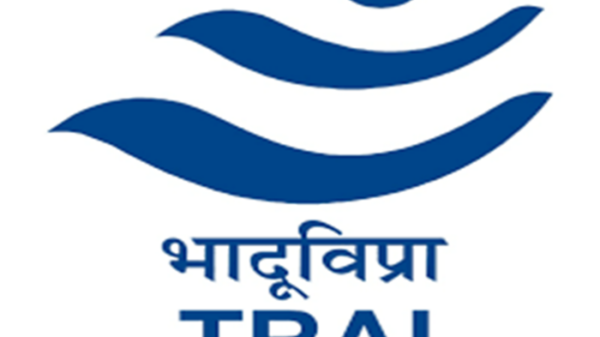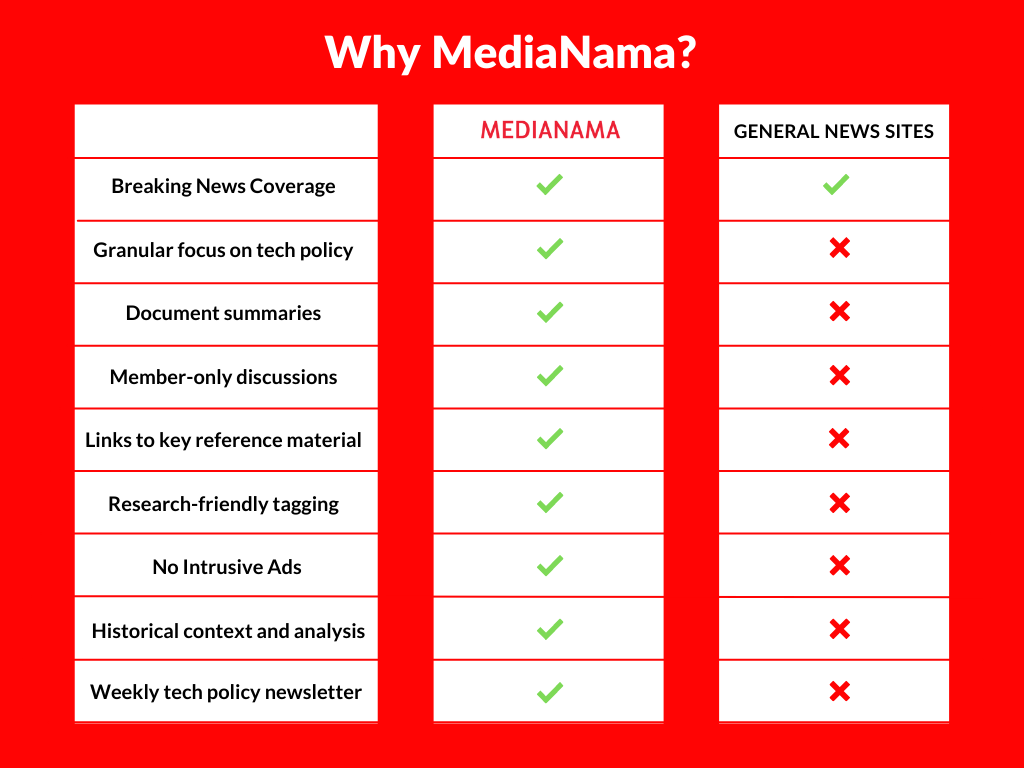What if there’s a shopping app that shows you products not just from sellers on the app itself but also from sellers on other platforms like Amazon, Meesho, and even your local Kirana store. And as a seller, what if there’s an app that allows you to list your products on multiple platforms and also choose logistics and payment services independent of these platforms. Now, imagine many such apps and platforms not just for retail, but mobility, food delivery, hotel booking, and ticketing, and you will have a fair idea of what the Open Network for Digital Commerce (ONDC) is supposed to do.
ONDC is a digital project by the Indian government to develop an open UPI-like architecture for the e-commerce industry. This project was first announced in 2020 and an advisory council was set up in July 2021, but its implementation has picked up considerable pace after ONDC was registered as a Section 8 non-profit company (like the National Payments Corporation of India) on December 31, 2021. A strategy paper by this ONDC entity published on January 25 sheds more light on the problems ONDC plans to address as well as the various building blocks of the network, but the document is still a high-level presentation and lacks the necessary details, especially in the context of privacy and security safeguards in place for data exchange.
What problems does ONDC plan to address?
- Limited competitiveness of new sellers: “Digital marketplaces have evolved into large integrated solutions connecting the seller to the buyer with integrated services like warehousing, logistics, payment, etc. under a single service provider. The rapid growth of these platforms has limited the competitiveness of new sellers coming online except as part of an established end-to-end service provider. Although more platforms can and do come online, the extent of investment required to establish such integrated solutions limits the number of players,” the paper explains. While the paper does not mention Amazon and Flipkart by name, the government has noted on multiple occasions that one of ONDC’s objectives is to curb the dominance of large, foreign-owned e-commerce companies.
- Concentration risk gives platforms excessive power: The increasing size of the platforms also poses concentration risk, the paper adds. “Even if it is a government-run platform, consolidating most of the trade of digital commerce in one platform increases the risk and creates a single point of failure. With that concentration of faculty, the liberty of exclusion, discretionary behaviour also starts to set in. This way, the platforms become ‘operators’ within the market and the small and medium businesses lose the choice and freedom of participation at their own will or terms,” the paper explains referring to the rules that large platforms like Amazon and Flipkart unilaterally set.
- No portability of trust: Platforms empower sellers to build a reputation, which has a significant value, but the seller cannot port this hard-earned reputation or credibility to another platform or to its own application even though it is the sellers’ own data and credentials, the paper explains. “Thus, this model of value creation and exchange turns the platforms into a major ‘store’ or ‘keeper’ of value which locks sellers into a specific system. The “store of value” paradigm has impacted the large, unhindered, free-to-scale “flow of value” that a fair and efficient market should have,” the paper states.
- Difficult for sellers who want to be on multiple platforms: If sellers want to be on multiple platforms they have to maintain separate infrastructure and processes because each platform will have its own policies and processes. This adds to the cost of sellers and limits participation, the paper explains. “Further, the buyer and seller need to be on the same platform to discover each other. Such lacunae lead to limiting the choice & discoverability within the fragmented collection of platforms,” the paper states.
“There is a need to alter the current digital commerce approach of “scaling what works” to a new approach of “what works at scale”.” – ONDC Strategy Paper
Moving from platform-centric model to network-centric model
To solve the problems laid out above, there needs to be “a paradigm shift from an operator-driven monolithic platform-centric model to a facilitator-driven, interoperable decentralized network,” the paper states. This open network will not be owned or controlled by a single entity or platform and the idea behind it is to connect buyers, suppliers, payment, and logistics providers through open-source specifications and protocols. This is better understood with the help of the diagram below.
The ONDC is an attempt at such an open network and the way it will be created is by unbundling the current system, the paper explains.
“‘Unbundling’ refers to the breaking down of a complex system into granular activities or microservices which can be separately operated to orchestrate a whole transaction. After federating the individual items, different actors can take up these individual activities. […] The elements are non-exclusive and hence there can be multiple actors performing the same element. The market along with users will allow the best possible combination(s) to exist. For example, in a transaction, the seller, logistics, and buyer side activities can be unbundled and taken up by different entities.” – ONDC Strategy Paper
The unbundling allows buyers and sellers to exercise their choice at every step, which theoretically should lead to interoperability between platforms, allowing buyers and sellers to transact irrespective of the platform used by them.
The building blocks of ONDC
The following figure shows the various components of ONDC:
ONDC Network
The network by itself would comprise participants from various domains ranging from retail, logistics service providers, restaurants, hotels, etc, who join ONDC as buyer-side apps, seller-side apps, or gateways.
- Buyer and seller-side applications: These are the applications that would let end-users and sellers transact with each other. The buyer-side application can be your normal phone app as well as voice assistants, chat-bots, etc., whereas the seller-side application can be any application that receives buyer’s requests and, in response, publishes the seller’s catalogue of goods and services and fulfils the buyer’s orders. Initially, ONDC may rollout an open-source version of reference buyer and seller apps.
- Gateway: This is the application to allow discoverability of all sellers in the network by multicasting the search request received from buyer applications to all seller applications, based on criteria such as location, availability, and other customer preferences, the paper explains. At the start, ONDC will offer a single gateway to kick-start the operations, but this can later be expanded to more gateways.
- Beckn-protocol based adaptor interfaces: Adaptor interfaces, the open APIs developed based on the open-source interoperable protocol by Beckn, a non-profit entity working on developing open specifications for mobility and commerce, will enable the exchange of information among the various participants of the network. If all this sounds like a mouthful, think about how email protocols like SMTP and IMAP make an email sent from Gmail interoperable with Outlook, the Beckn protocol intends to do the same for e-commerce.
ONDC Network Services
The common network services (shown on the right in the diagram above) allow network participants to transact on the network.
- Registry: Application that maintains the list of participants who join ONDC.
- Network policies: These are the rules and code of conduct for various activities that are performed by the network participants and will cover areas like registration, transaction, payment, data transmission, etc. “ONDC will adopt a minimalistic and non-restrictive policy framework to promote transparent, inclusive, and sustainable practices on the network,” the paper states.
- Data privacy policies: The data policy will be compliant with the Information Technology Act 2000 and there will be “efforts to comply with the emerging Personal Data Protection Bill,” as well, the paper states. The paper lays out the following measures to ensure data privacy, but they are vague and broadly-worded statements that need to be further elaborated before any data sharing takes place.:
- Transaction data will reside only with the buyer and seller applications and will not be visible to ONDC. ONDC will not be storing or viewing transaction data.
- Policies around the exchange of this data will evolve and would be consent-based and bound by the limitation of purpose.
- ONDC will ensure data security and credibility at the transaction level.
- User’s Personally Identifiable Information (PII), as well as seller data critical to trade such as competitive data, will be protected from third-party access.
Other networks
Shown on the left in the above diagram, open networks in other domains, for example, Open Credit Enablement Network (OECN), will be able to interface with ONDC in a privacy-protected manner, the paper states. The paper does not provide more detailed examples of how data might be shared with other open networks and how the privacy of this data will be maintained.
What are the potential benefits of ONDC?
The strategy paper touts the following benefits of ONDC:
For sellers:
- Access to more buyers
- Better discoverability of products and cost
- Autonomy on terms because of multiple choices for being digitally visible
- Lower cost of doing business
- More options for value chain services like logistics and fulfilment
For buyers:
- Access to more sellers and therefore more choices
- Better service and faster deliveries due to access to hyper-local retailers
- Better customer experience
For technology platforms:
- New opportunities for start-ups to drive innovation in various parts of the network
- Access to the growth of digital commerce through buyer and seller side applications
- Reduced time-to-market and time-to-scale
- Focus on niche aspects leaving other partners to focus on different aspects
What is ONDC not?
ONDC is often confused to mean many things, but it is not:
- A government regulatory body
- A super aggregator application or a platform
- A central intermediary
- A medium to help digitise business
What is the scope for digital commerce in India?
- Kirana stores account for most retail activity, but they are digitally excluded: In India, around 1.2 crore Kirana stores, which are hyperlocal neighbourhood provision stores, account for 80% of the retail sector, but most of these stores are digitally excluded. The shortcomings of this were exposed during the Covid-19 pandemic when most parts of the retail chain were found to be digitally absent and there was a complete breakdown of the supply chain, the paper states. Moreover, as of September 2020, India had 4.25 crore Micro, Small and Medium Enterprises (MSMEs) that could benefit from the digital revolution, the paper adds.
- Only a small portion of internet users are online shoppers: Currently, only about 20 percent of the internet users in India are online shoppers. Even with this small number, the country has the third-largest online shopper base globally, with 14 crore e-retail shoppers in 2020, only behind China and the US. By 2030, we can expect this to grow to nearly 50 crores, the paper states.
- E-retail penetration lower than countries like China, South Korea: In India, the Gross Merchandising Value (GMV) for the digital commerce retail market was ₹2.85 Lakh Crores (US$ 38 billion) in 2020, which is only 4.3% of the total retail GMV in India and well below the e-retail penetration in countries like China (25%), South Korea (26%), and UK (23%), the paper states.
This post is released under a CC-BY-SA 4.0 license. Please feel free to republish on your site, with attribution and a link. Adaptation and rewriting, though allowed, should be true to the original.
What will be the future of e-commerce in India?
Do you want to keep track of e-commerce regulation in India but don’t have the time? Relying on scattered content from across the web makes it feel harder than it needs to be.
Subscribe to MediaNama and get crisp, timely updates on tech policy developments in India and across the world.
Also Read:
- Why Do We Need ONDC And Other Open Protocols? Beckn Co-Founder Pramod Varma Answers
- Indian Government Looking To Bring In Private Sector To Roll Out ONDC On A War Footing
- Govt Sets Up Advisory Council For Open Network For Digital Commerce; Nilekani, RS Sharma Members
Have something to add? Subscribe to MediaNama here and post your comment.
































